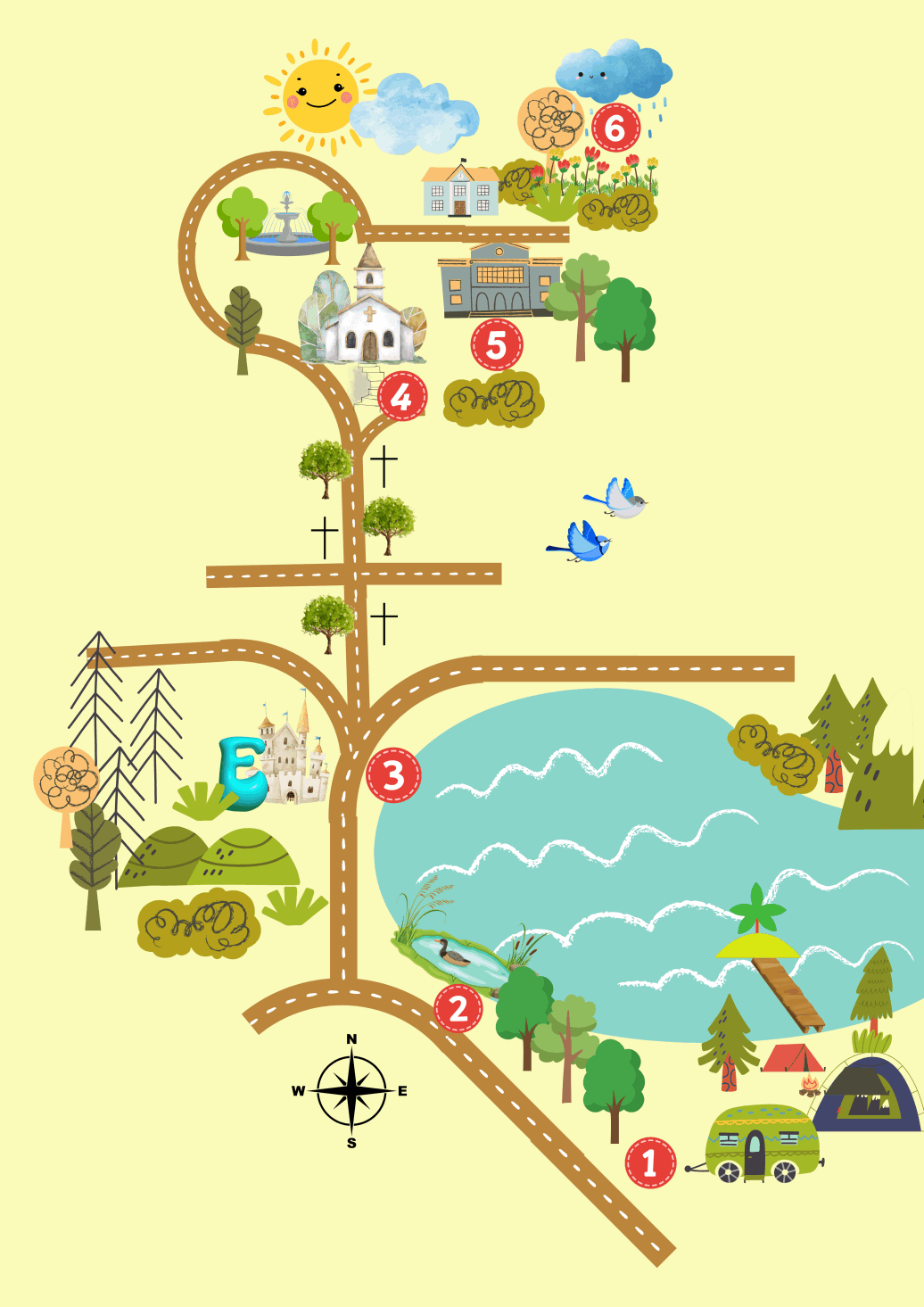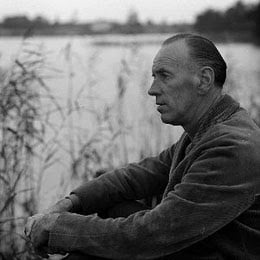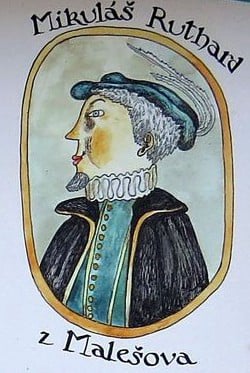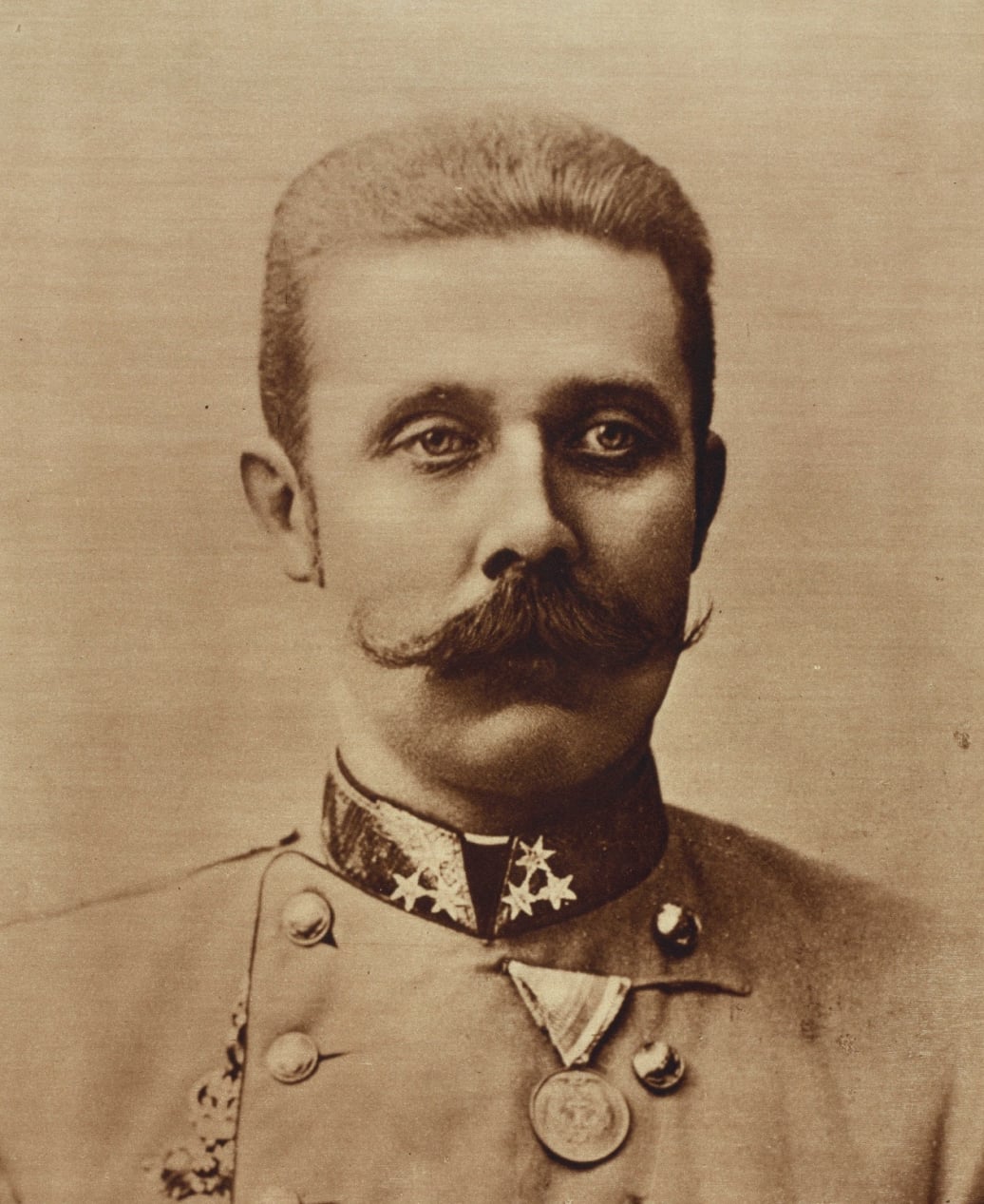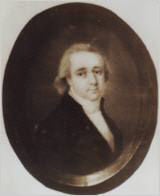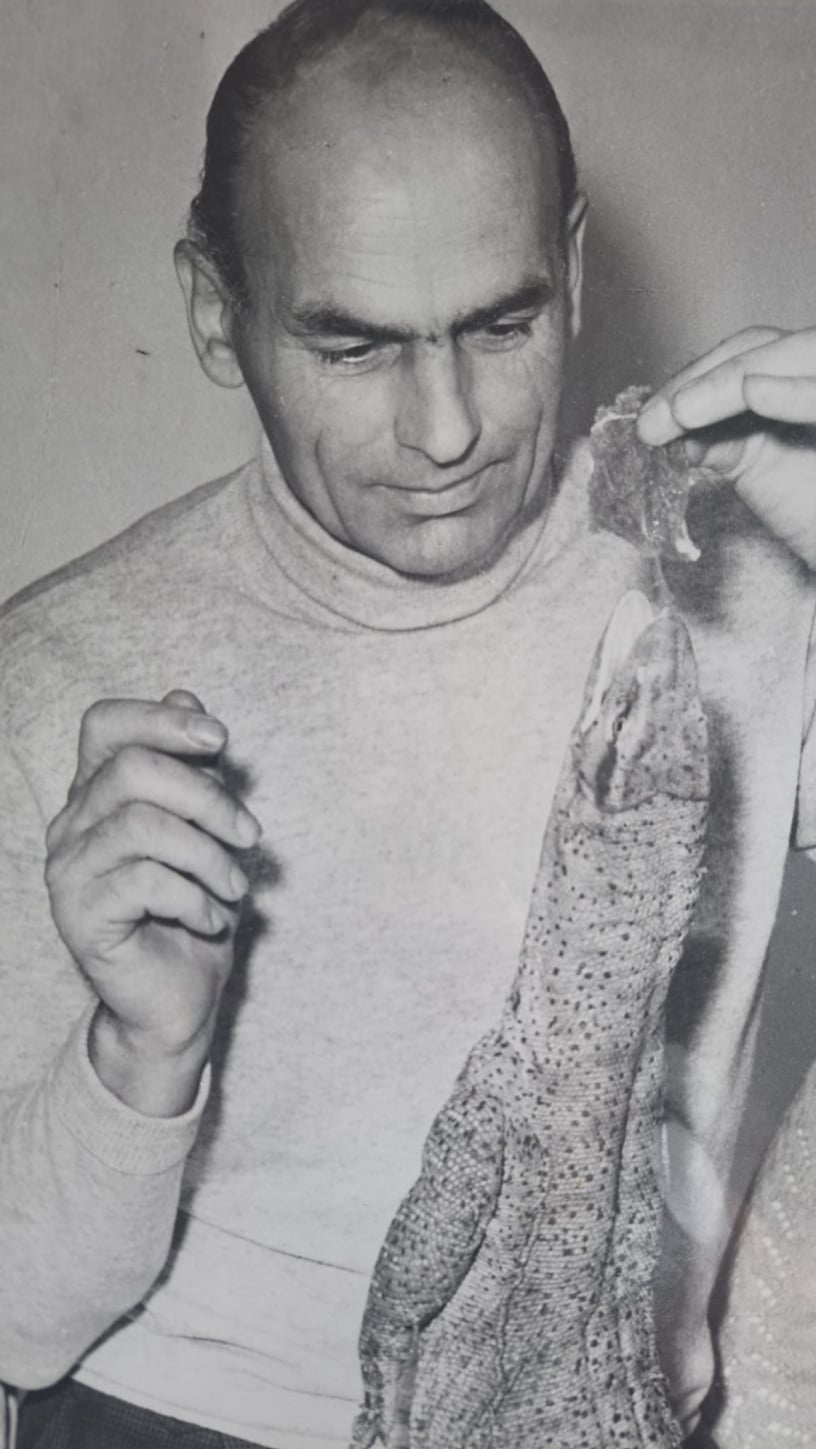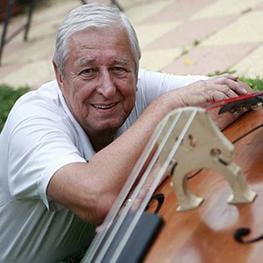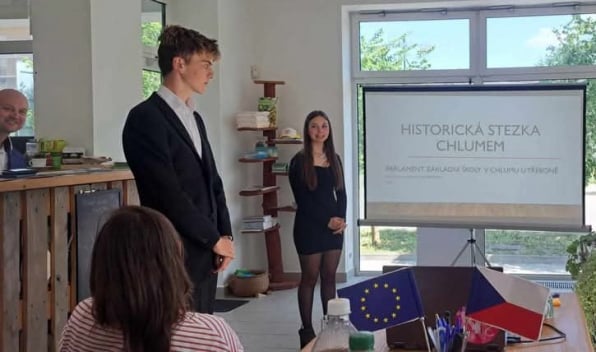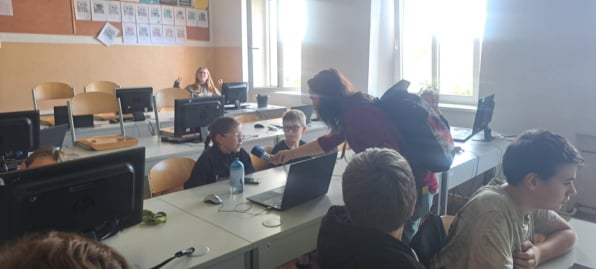Station 5: Jiří Niedl & the Elementary School
Jiří Niedl – a teacher with a passion for bugs
Jiří Niedl (born April 14, 1920, Prague – died April 11, 1986, Chlum u Třeboně) was a Czech educator, amateur entomologist, and herpetologist, known as a writer and popularizer of entomology and terraristics. He graduated from the Libeň Gymnasium and the K. S. Amerling Teacher Training Institute in Prague, finishing in 1939. He began teaching in 1940 at primary schools in Prague and expanded his qualifications in 1946 to teach at middle schools. Shortly after, he moved to the South Bohemian town of Chlum u Třeboně, where he worked as a teacher and later as the principal of the elementary school, where his wife Marie Niedlová also taught. In 1949, he founded a vivarium club, which gradually developed into a herpetological station focused on the breeding and study of reptiles and amphibians. For his pedagogical work, he was awarded the national honor "Exemplary Teacher" in 1970.
From childhood, he showed a strong interest in biology, especially insects, reptiles, and amphibians. He grew up in the Prague district of Bohnice, which at the time was rich in natural diversity. Already as a student, in 1934, he became a member of the Czechoslovak Entomological Society, collaborating with professional scientists and focusing his research on ground beetles. Throughout his life, he collected entomological material not only in Czechoslovakia but also abroad—undertaking research trips to Bulgaria, Romania, former Yugoslavia, the Central Asian countries of the Soviet Union, and Egypt.
He published the results of his research in scientific journals and books. Among his most significant works are Terraristics in a Corner of Living Nature (1972), which popularized the keeping of reptiles and amphibians; the travelogue Deserts, Jungles, and Mountains of My Dreams (1979); and his last work Enchanted by Bugs and Snakes (1986), published shortly before his death. Jiří Niedl left a lasting impact not only on Czech education but also on the popularization of entomology and terraristics, inspiring many future natural scientists.
